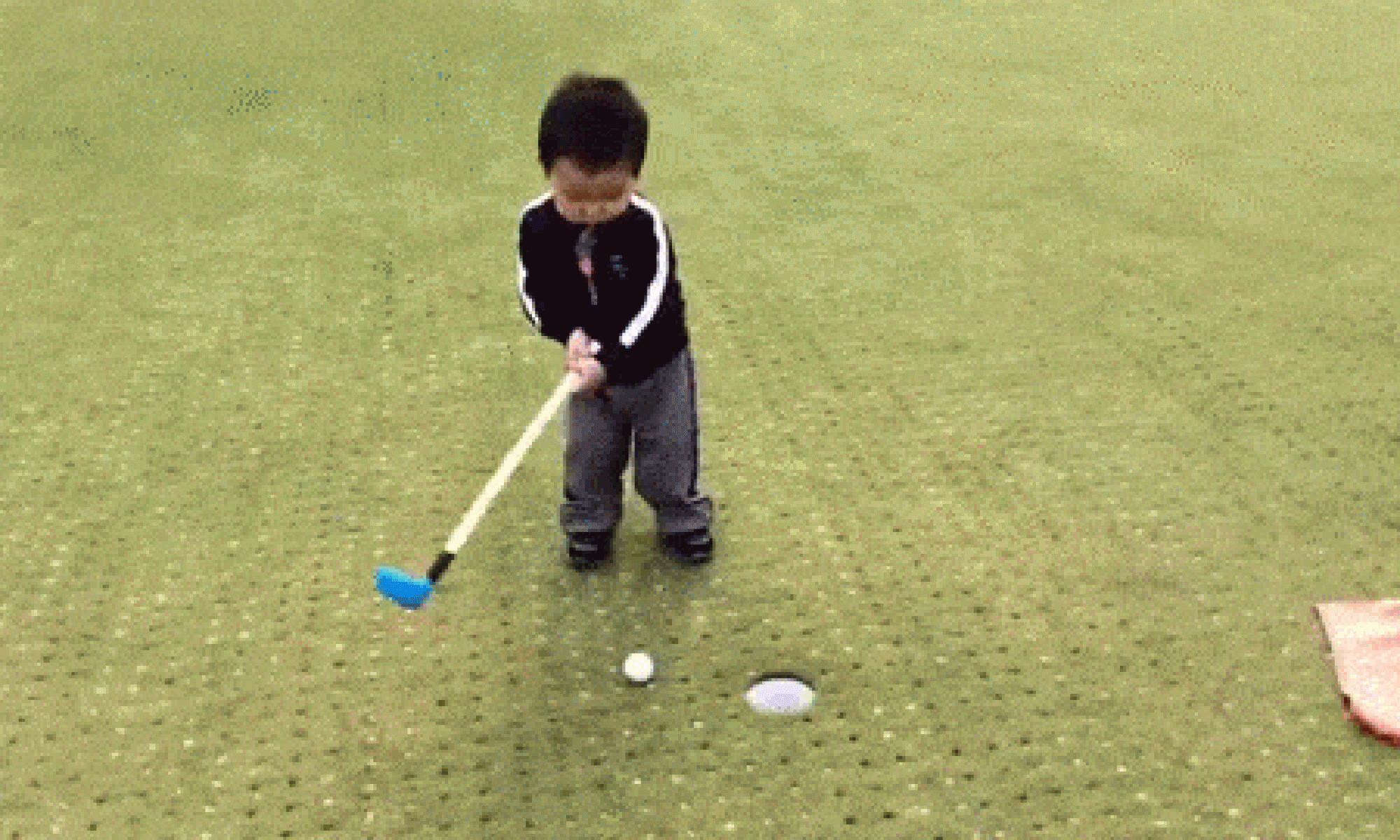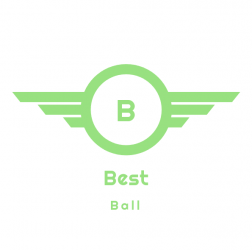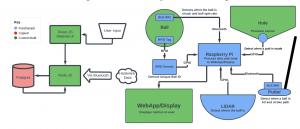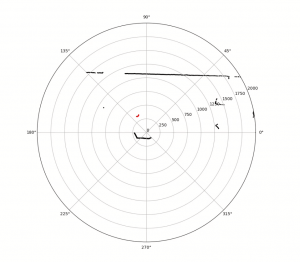This week was productive for our team. We a few of our parts arrive, to prepare for extensive testing in the following weeks. The RFID sensor and individual chips both arrived.
This week I worked extensively on web framework research. I determined that for a genuine startup, our best bet for a framework is using react on the front end and Node.JS on the backend due to the extensive libraries available, and the overwhelming developer support. However another option is to use the python based Django framework, which can cover both front end and back end in a more familiar language. While python does have its performance shortcomings, Django may be the better bet due to the short amount of time we have to develop our project.
I believe our progress is still on schedule. Next week will be dedicated to integration and component testing. Assuming all goes to plan next week we should be in a very good place for our project, and may begin work on some of our bonus features, such as focussing on our green (i.e. what surface should we purchase for it, how elevated do we need it to be, keeping it to code for multiple individuals standing on it, etc.). Otherwise we will continue problem solving, either purchasing new components or rethinking possible solutions to individual problems.
Next week our main focus will be on individual component testing. How well does our RFID sensor work? How well do the individual RFID chips work (we have multiple)? How about our IMU? These are all extremely important tasks that we will be focusing on this week. If all of them work as expected, we will start integrating via software, translating data from each hardware component into software, and storing that data in our database. If not, we will consider potentially purchasing other components, or rethinking the scope of our project.





